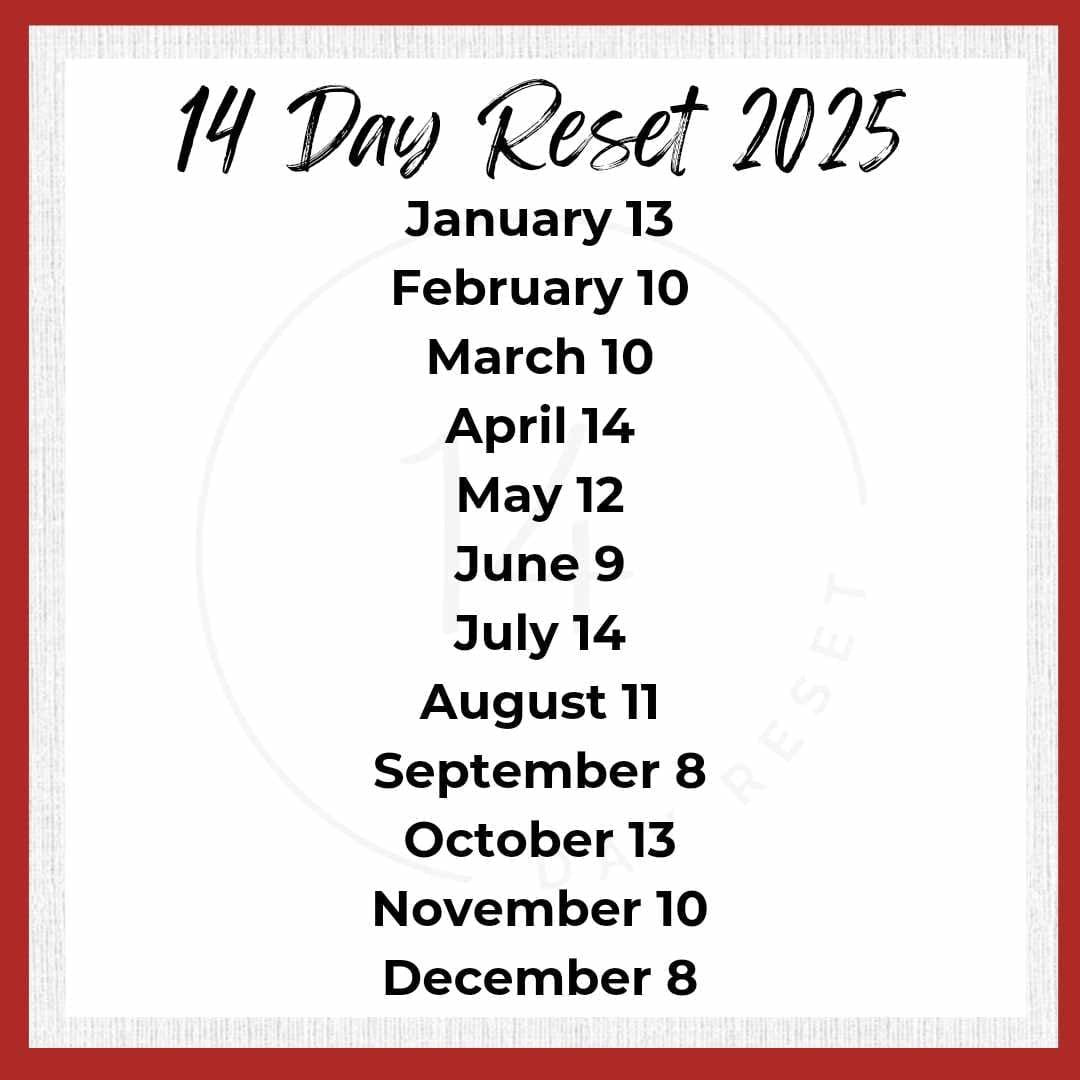I’ve never been a fan of perfumes; they always gave me headaches and made me feel unwell. In fact, once I had to quit a job because of the fragrances in the workplace. But for years, I used traditional cleaning products like bleach, Soft Scrub, Windex, and 409 without question because I thought that’s just how you clean. Unfortunately, every time I cleaned, especially in small spaces like bathrooms, I’d struggle to breathe and rely heavily on my inhaler.
These struggles weren’t just limited to cleaning. I had respiratory issues almost daily and used my inhaler frequently, even when I wasn’t exposed to cleaning chemicals. I suffered from frequent headaches, including chronic migraines that would strike every two to four weeks. At the time, I had no idea these issues were connected to the products I was using in my home.
It wasn’t until I started learning about the hidden dangers of common household products that things began to click. The chemicals in those products weren’t just making me uncomfortable; they were contributing to my health problems. Armed with this knowledge, I made a decision: I was done letting these toxins take control of my life.
I returned some products to the store, threw others away, and used up a few with the promise to myself that I’d never buy them again. I replaced them with non-toxic, natural alternatives. Cleaning no longer left me gasping for air or reaching for an inhaler, and after some time, my chronic asthma issues disappeared.
This journey didn’t stop with cleaning products. I started swapping out shampoos, soaps, lotions, and other personal care items for clean options. I even made dietary adjustments to avoid triggering foods. Over time, my migraines lessened in frequency until they were no longer a regular part of my life.
Today, I live in a virtually toxin-free home, and it’s given me back my health and vitality. No more chronic asthma. No more frequent migraines. Changing out those toxic products made such a difference, that looking back, I can hardly believe I ever thought that was normal. I’m so grateful for the fresh start.
My blogs contain some affiliate links.
Any purchase made is a blessing to my family at no extra cost to you!
Thank you for supporting us!


Find Your Energy Again: Introducing the 14-Day Reset
Do you ever feel like life’s demands have drained your energy reserves? Between juggling work, family, and everything in between, it’s easy to feel like you’re running on empty. What if I told you that in just 14 days, you could feel lighter, more energized, and ready to take on life with renewed vitality?
The 14-Day Reset is here to help you reclaim your energy and focus on YOU. This is not about quick fixes or fads—it’s about making intentional, sustainable changes to support your body and mind.
Here’s what the Reset is all about:
- Nourishment from the Inside Out: Through whole-food, clean meals, you’ll flood your body with nutrients that reduce inflammation and boost energy.
- Movement That Feels Good: Simple, intentional exercise to get your body moving and your endorphins flowing.
- A Holistic Approach to Wellness: Incorporating hydration, mindset shifts, and targeted support like NingXia Red to fuel your body and help you thrive.
- Daily Tips and Accountability: Each day, you’ll receive practical guidance to keep you on track and inspired.
This Reset is perfect for anyone who’s ready to:
- Break free from sluggishness and fatigue.
- Sleep better and wake up feeling refreshed.
- Take small, impactful steps toward a healthier, more vibrant life.
It’s not about being perfect—it’s about progress. The Reset is your opportunity to prioritize yourself, even in the midst of a busy life.
Are you ready to feel like YOU again? Let’s do this together!
Sign up for the 14-Day Reset today and take the first step toward a brighter, more energized you. 🌿✨
My blogs contain some affiliate links.
Any purchase made is a blessing to my family at no extra cost to you!
Thank you for supporting us!

Chronic inflammation acts like a silent storm within your body, often remaining unnoticed until it causes significant health problems. Unlike acute inflammation, which resolves quickly, chronic inflammation can linger for months or even years, damaging tissues and organs. Recognizing the signs of chronic inflammation is crucial for maintaining good health and taking preventive measures.
...
If you notice any of these signs, taking immediate action is essential. Evaluate your diet, stress levels, and lifestyle habits, as all play a role in inflammation. Incorporating anti-inflammatory foods, managing stress through techniques like yoga, and consulting a holistic care professional can help you create a tailored plan to combat chronic inflammation and protect your long-term health.
I have so many clients that come to me without a gallbladder and they all have the same complaints. Gallbladder removal, or cholecystectomy, is a common surgical procedure performed on hundreds of thousands of people each year, often to treat gallstones or inflammation. While the surgery can alleviate pain and prevent further complications associated with gallstones, it can also have significant effects on your digestive system. This blog explores what happens after gallbladder removal, the potential side effects, and how to manage them for optimal health.
The Role of the Gallbladder
To understand the effects of gallbladder removal, it’s essential to know the gallbladder’s function. The gallbladder is a small, pear-shaped organ located beneath the liver. Its primary role is to store and concentrate bile, a digestive fluid produced by the liver. Bile aids in the digestion of fats by breaking them down into smaller molecules that can be easily absorbed by the body.
When you eat a meal that contains fats, the gallbladder releases bile into the small intestine through the bile ducts. This process helps ensure efficient digestion and absorption of fats and fat-soluble vitamins.
What Happens When the Gallbladder is Removed?
After gallbladder removal, the liver continues to produce bile, but instead of being stored in the gallbladder, bile continuously flows into the small intestine. This change in bile flow can lead to several digestive issues, particularly when consuming fatty meals.
1. Continuous Bile Drip and Digestive Issues
One of the most common side effects of gallbladder removal is a condition known as “post-cholecystectomy syndrome,” which includes symptoms such as diarrhea, bloating, and abdominal discomfort. Without the gallbladder’s storage capacity, bile drips continuously into the intestines, even when food is not present. This constant bile flow can irritate the lining of the intestines, leading to diarrhea and other gastrointestinal issues.
- Diarrhea: The presence of continuous bile in the intestines can cause a laxative effect, leading to frequent and loose stools. This type of diarrhea is typically more pronounced after consuming high-fat meals, as the body struggles to properly digest and absorb the fats without the gallbladder’s bile regulation.
- Bloating and Gas: Many people experience increased bloating and gas after gallbladder removal. The altered bile flow can disrupt the normal digestion process, leading to the fermentation of undigested food by intestinal bacteria, which produces gas.
- Abdominal Pain: Some individuals may experience abdominal pain or cramping, particularly after eating fatty or spicy foods. This discomfort is often due to the digestive system’s difficulty processing these foods without the gallbladder’s assistance.
2. Nutrient Malabsorption
The continuous flow of bile into the intestines can also affect the absorption of fats and fat-soluble vitamins (A, D, E, and K). This reduced absorption can lead to deficiencies over time, affecting overall health and well-being.
Managing the Effects of Gallbladder Removal
While the effects of gallbladder removal can be challenging, there are several strategies you can employ to manage the symptoms and improve your quality of life.
1. Dietary Adjustments
Making changes to your diet is crucial for managing symptoms after gallbladder removal. Here are some dietary adjustments that can help:
- Low-Fat Diet: Eating a low-fat diet can help minimize diarrhea and other digestive issues. Focus on lean proteins, whole grains, fruits, and vegetables. Avoid fried foods, high-fat dairy products, and fatty cuts of meat.
- Smaller, Frequent Meals: Eating smaller, more frequent meals can help your digestive system process food more efficiently and reduce the strain on your intestines.
- Gradual Introduction of Fats: Reintroduce healthy fats slowly and in small amounts. This gradual approach allows your digestive system to adjust and may help reduce symptoms.
2. Bile Salt Supplements
Since the gallbladder is no longer available to store and concentrate bile, taking bile salt supplements can help improve fat digestion and absorption. These supplements should be taken with meals that contain fats to aid in the digestive process. Here are 2 supplements to try. OX Bile 1000 mg, Ox Bile 250 mg
3. Probiotics and Digestive Enzymes
Probiotics and digestive enzyme supplements can also be beneficial. Probiotics help balance the gut microbiome, which can alleviate bloating and gas. Digestive enzymes can assist in breaking down food components, including fats, proteins, and carbohydrates.
4. Hydration and Fiber Intake
Staying hydrated and consuming adequate fiber can help manage diarrhea and improve overall digestive health. Fiber absorbs excess bile and water in the intestines, helping to regulate bowel movements. A
5. Monitoring and Consultation
Regular follow-up with your healthcare provider is essential. They can monitor your nutrient levels and recommend supplements if necessary. Additionally, discussing your symptoms and concerns with your healthcare provider can help you develop a personalized plan to manage your symptoms.
Gallbladder removal can significantly impact your digestive system, leading to symptoms such as diarrhea, bloating, and abdominal discomfort. However, with proper dietary adjustments, bile salt supplements, and other supportive measures, you can manage these symptoms and maintain a healthy, balanced lifestyle. If you experience persistent or severe symptoms after gallbladder removal, it’s essential to consult with your healthcare provider for personalized guidance and support. Remember, taking proactive steps to care for your digestive health can lead to improved overall well-being and quality of life.
Need a whole body Reset?
My blogs contain some affiliate links.
Any purchase made is a blessing to my family at no extra cost to you!
Thank you for supporting us!

Day 11 with Jason Noll
My blogs contain some affiliate links.
Any purchase made is a blessing to my family at no extra cost to you!
Thank you for supporting us!



